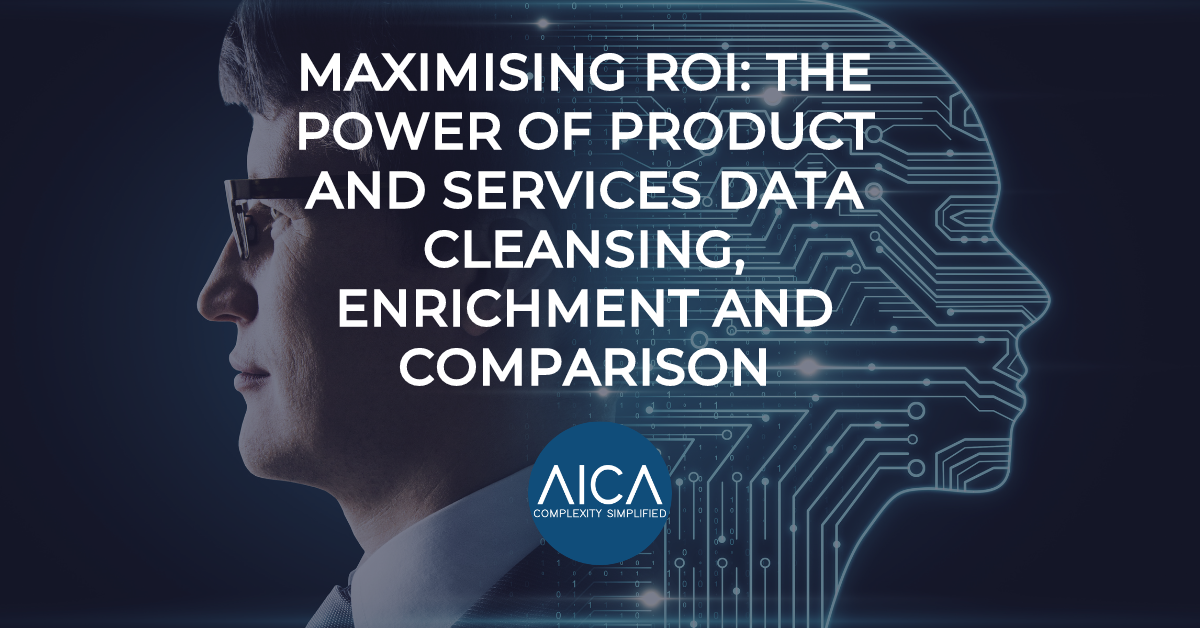In this article, we explore the substantial return on investment (ROI) that companies can achieve by embarking on a journey of product and services data cleansing, enrichment and comparison.
This exercise yields benefits across two main spheres of an organisation: internal and external gains.
Internal ROI: Streamlining Operations
Internal ROI is realised through the efficient deduplication of inventory, a process that significantly impacts core operations such as procurement, logistics, warehousing and more.
In numerous industrial operations, this approach has led to staggering savings of up to 10%. Moreover, the scourge of missing data often plagues warehouse and operational teams, making it challenging to locate essential products. This, in turn, triggers unnecessary procurement activities to source perceived new stock items.
By addressing this issue, organisations have achieved remarkable savings of up to 75% in labour time, as it pertains to product retrieval, procurement and subsequent use in maintenance operations.
With cleansed and enriched product and services data, procurement departments gain a substantial advantage in conducting spend analytics and other supply chain optimisation initiatives. Savings from a procurement perspective can soar to 60%.
External ROI: Empowering Sales and Customer Satisfaction
Externally, ROI is closely tied to the sales aspect, particularly concerning the ease with which customers can find a company’s products. Properly classified, attribute-enriched, and aptly described items significantly reduce the time customers spend searching for products, resulting in sales boosts of over 30%. This enhanced product data concurrently enhances search engine optimisation (SEO) performance and reduces online advertising expenditures.
Addressing the Time Challenge
The challenge faced by most companies when undertaking product and services data cleansing, enrichment and comparison is the time required for each action. Typically, each action consumes around 30 seconds per product or service.
This includes:
-Deduplication correction
-Handling missing data
-Anomaly detection
-Spelling corrections
-Classification
-Attribute enhancement
-Long description creation.
When multiplied by the number of products or services in the catalogue, the time investment can be substantial. Additionally, if data is not readily available, an additional 30 seconds is spent searching for it, assuming it’s accessible online. Industry standards suggest that a cataloguer can handle between 50 and 100 items per day, depending on data quality.
The Role of AI and ML
The advent of Artificial Intelligence (AI) and Machine Learning (ML) has transformed this challenge. AI and ML significantly reduce the time, cost and accuracy barriers associated with these tasks, making the challenge negligible.
This is where AICA emerges as a valuable ally, enhancing the performance of existing ERP, MDM, PIM and EAMS systems. It accelerates data management, improving cost-effectiveness and overall system performance.
In conclusion
By harnessing advanced technologies like AI and ML, your organisation can optimise its data management processes and ultimately achieve significant cost savings and revenue growth.
Interested in learning more about the cleanliness of your company’s product data ?
Click here to contact us for your complimentary rapid data report.

